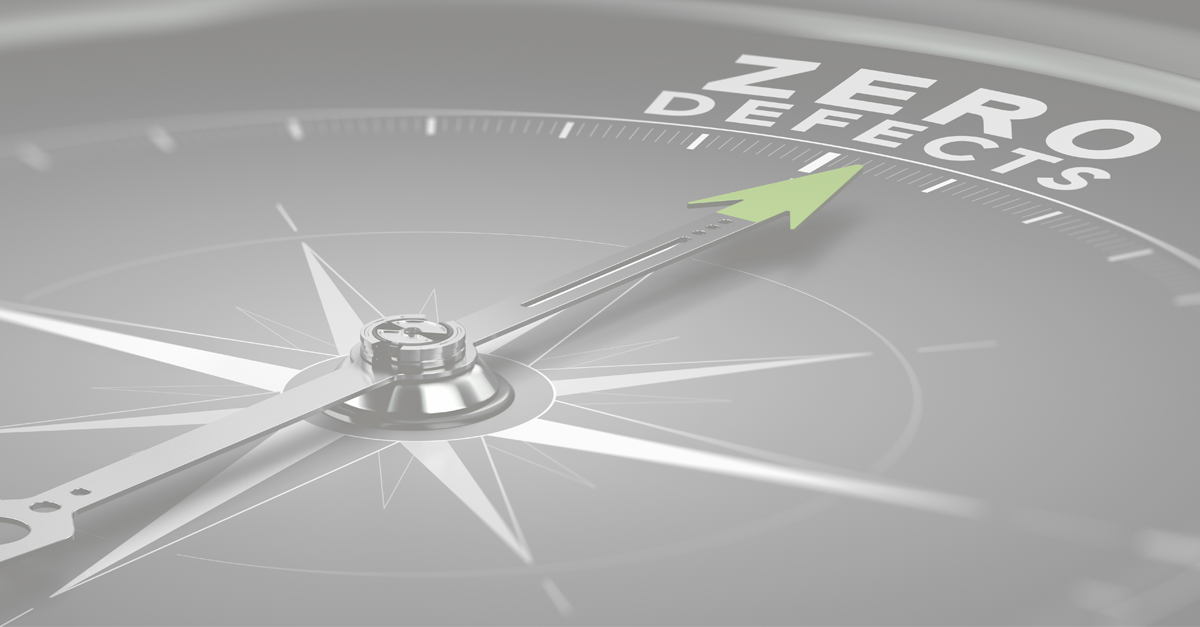Plastic injection molding is so widely used, for good reason. The process offers high production at reasonable costs, with a broad set of material selection options offering different material properties to meet the needs of the application. With the right material and design, plastic injection molding can even offer material strength and hardness rivaling that of metal materials, at a fraction of the weight.
When taking advantage of these benefits, however, it is important to avoid plastic injection molding defects, which can be all too common in cases of poor mold design or engineering — as well as inexperienced operators who may not be used to certain material types or mold characteristics.
Below, we will explore injection molding defects and solutions that can avoid them.
Plastic Injection Molding Defects — And How to Avoid Them
Read on for a list of common injection molding defects, why they occur and how to troubleshoot them:
- Brittleness: The mold does not have suitable strength, and will easily crack or break. Brittleness may be caused by overly dry conditions, by the overuse of recycled materials, or by mold runners that are too narrow. Remedies include decreasing the use of recycled materials, increasing runner and gate sizes, and reducing the temperature of the material closer to the melt point.
- Delamination: The finished part has visible surface layers that can be peeled. This may be caused by a mixture of incompatible materials, inconsistent material temperature, or poor mold design with right angles in the material flow path. To remedy, verify that materials are compatible and contaminant-free, increase mold temperature, and chamfer or remove right angles from the material flow path.
- Jetting: A deformation in the finished piece that can cause structural weakness as well as aesthetic problems. Jetting occurs when some of the molten plastic material sprays into the mold cavity before the normal flow. This initial spray cools and hardens, and prevents material flow as intended through the cavity. Jetting can be remedied by reducing injection pressure.
- Flash: Occurs when some material remains on the outside of the mold, creating a flap or excess material that must be trimmed. Most common in worn-out or poorly designed molds. Though flash can also occur due to excessive material temperature or pressure. To remedy flash, you may need to refurbish the mold or create a new one.
- Sinks: Depressions in the surface of the piece. Sink occurs when the mold is not properly filled, and can be remedied by increasing injection pressure, and extending holding and cooling time. Sink may also occur due to mold design that inhibits proper cavity filling, so you may need to review part and mold design.
- Voids: Air bubbles beneath the surface of the finished part, which can threaten the strength and structural integrity of the part and cause it to fail. Remedy voids by increasing injection pressure or choosing a material with lower viscosity for improved flow.
- Splay: A cosmetic defect where moisture in the material creates streaks on the surface of the part. Rectify splay issues by guaranteeing that the mold and materials are properly dried, and that excess moisture is not present in the ambient environment.
- Bubbles/blisters: These form within the part when air cannot escape the mold cavity as the material is injected. Bubbles can affect the strength of the part and may create cosmetic defects. Eliminate bubbles and blisters by adding a vent to the mold, making part wall thicknesses more uniform, increasing mold temperature, or increasing injection pressure.
- Warping: A deformation where part surfaces or walls twist or bend as the part cools. It is caused by inconsistent cooling of the material, poor part design, or material that is especially likely to shrink as it cools. Remedy warpage by ensuring uniform wall thickness in part design, by adjusting material selection, and by gradually reducing mold temperature to create a smoother cooling process.
- Flow lines: Visible streaks or waves in the surface of the part, caused by inconsistent cooling of the material. This defect is especially critical when the appearance of the part is important. Solve flow line issues by increasing injection speed, as well as pressure and temperature, to fill the entire cavity before the material cools. Variations in wall thickness can also cause flow lines, so review part design as well.
As you can see, many injection molding defects causes come from similar roots — part design, mold design, material temperature, injection pressure and cooling time. At Crescent Industries, we are experts in design for manufacturability — providing advice and suggestions to greatly reduce or eliminate the occurrence of these defects and working with you to remedy them when they occur. Visit our previous post for even more common defects, and contact us to learn more about how we can help you.
Resources:
https://www.pmcplastics.com/finished-parts-vs-defective-part-properties-4-common-injection-molding-defects-and-causes/
https://www.unipipes.com/blog/injection-moulding-defects
https://www.waykenrm.com/plastic-injection-molding-problems-and-solutions.html
https://info.crescentind.com/blog/top-5-most-common-quality-defects-in-injection-molding
https://en.wikipedia.org/wiki/Splay_(plastics)#:~:text=Splay%20is%20a%20term%20used,is%20the%20cause%20of%20splay.


